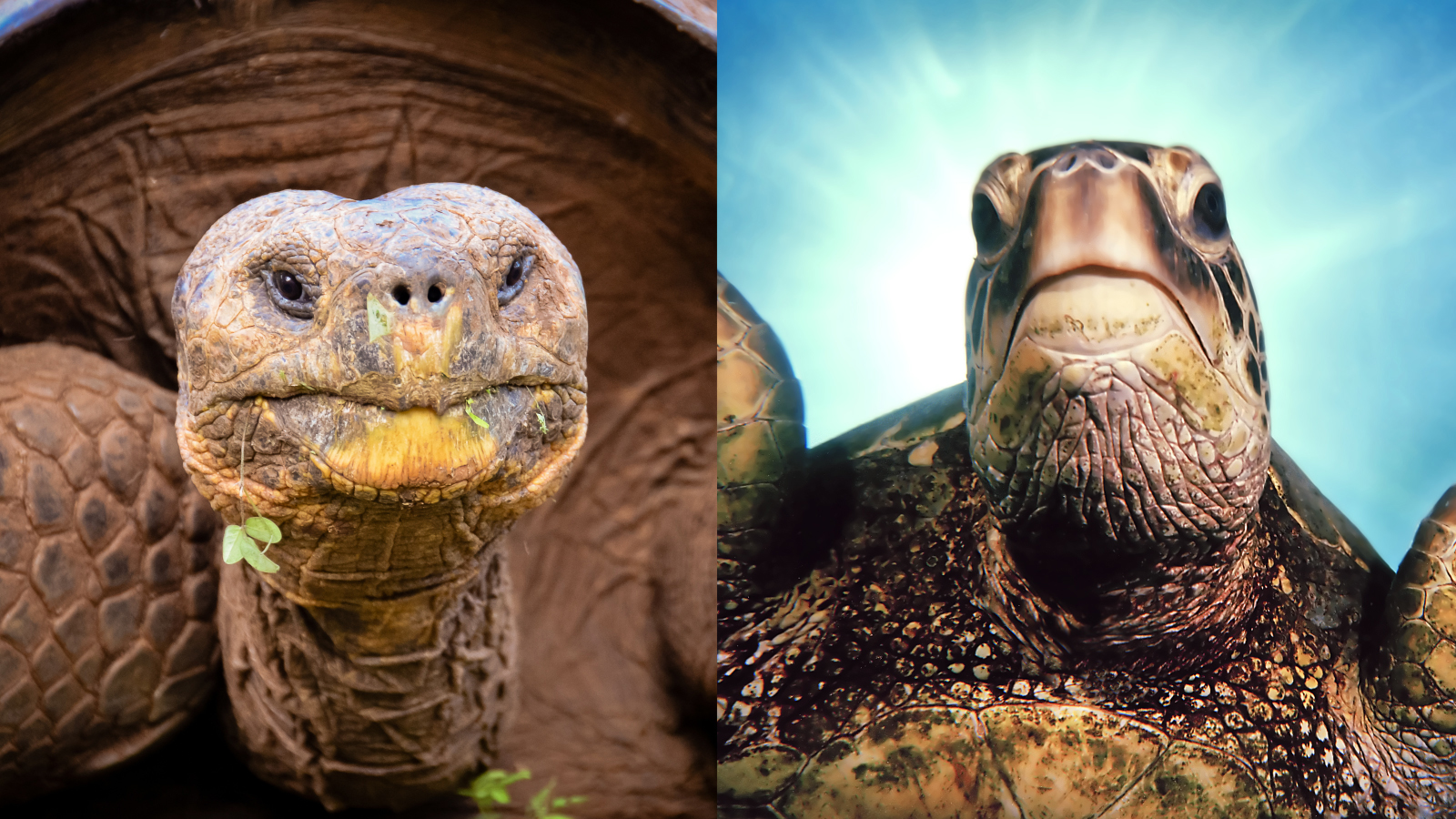IB biology SL - A3.1
1/34
Earn XP
Description and Tags
A3.1 - diversity of organisms
Name | Mastery | Learn | Test | Matching | Spaced |
|---|
No study sessions yet.
35 Terms
5 kingdoms
Plantae, Fungi, Animalia, Bacteria, Archarea
Organism
living entity
A singular cell is an organism
True, but only in unicellular organisms, otherwise only the full creature is an organism
population
a group of organisms from the same species
community
two or more species sharing the same area (even micro-organisms or plants count towards this)
Variation
the differences between members of a group
Continuous variation
variation that can be expressed in an infinite number of variables. ex. Height. (displayed on a histogram using ranges)
Discrete variation
variation that can be expressed in a countable number of variables. ex. eye colour. (displayed on a bar graph)
intraspecies variation
variation that inheritable and transmittable from parent to offspring
mutation
the changes in gene sequence in DNA
Gene flow
the movement of genes between different groups of organisms
Meiosis
2 parents combining their genes to give the offspring a random mix of both of their genes
3 Domains
Archarea, bacteria, eukarya
Heirarchy of organism specification
Domain → Kingdom → Phylum → Class → Order → Family → Genus → Species
Morphology
sorting organisms on clearly distinguishable shapes and forms
Limitation of morphology
Might look the same but be totally different species. ex. Turtle vs tortoise

Binomial nomenclature
A system of naming and distinguishing between organisms
The same _____ can reproduce but the offspring would be infertile
Genus
Rules of binomial nomenclature
Genus begins with a capital letter, species are all lowercase. If handwritten, the name should be underlined. If typed, the name should be Italicized. If the species has been referred to previously you can shorten the genus to just the capital letter.
Values of using binomial nomenclature
see how closely related a species are
universal communication among scientists
ultra-specific and precise
Prokaryote chromosomes
circular DNA molecule
Naked (no associated protiens)
plasmids are OFTEN present (used to control genes)
only one chromosome
Eukaryote chromosomes
Linear DNA molecule
associated with histone molecules
no plasmids present
2 or more different chromosomes
How are human genomes sorted?
Size
How many genome PAIRS do humans have?
23 pairs (46 total)
how many PAIRS of sex chromosomes to humans have
1 pair, either XX or XY
what decides the length of a genome
Base pairs
Diplod vs Haploid chromosomes
Haploids only have ONE copy. ex. sex chromosomes. While diploids have 2 copies. ex every other chromosome
homolouge
a chromosome that’s a member of a homologous pair
tetrad
a strucutre of homologous chromosomes
Karyotypes
The way chromosomes are numbered
whole genome sequencing (WGS)
a way of analyzing a whole whole genome. They analyse short part s of it and then piece it together later
Value of whole genome sequencing
Allows researchers to identify genetic disorders
informing lifestyle choices. ex. Diet
Limitations of whole genome sequencing
high cost
slow
speciation
a process where an existing species splits into 2 and breeds separately for generations until they can no longer create fertile offspring together, creating a new species
possible reasons for speciation
physical barrier. ex. river
different mating cycles